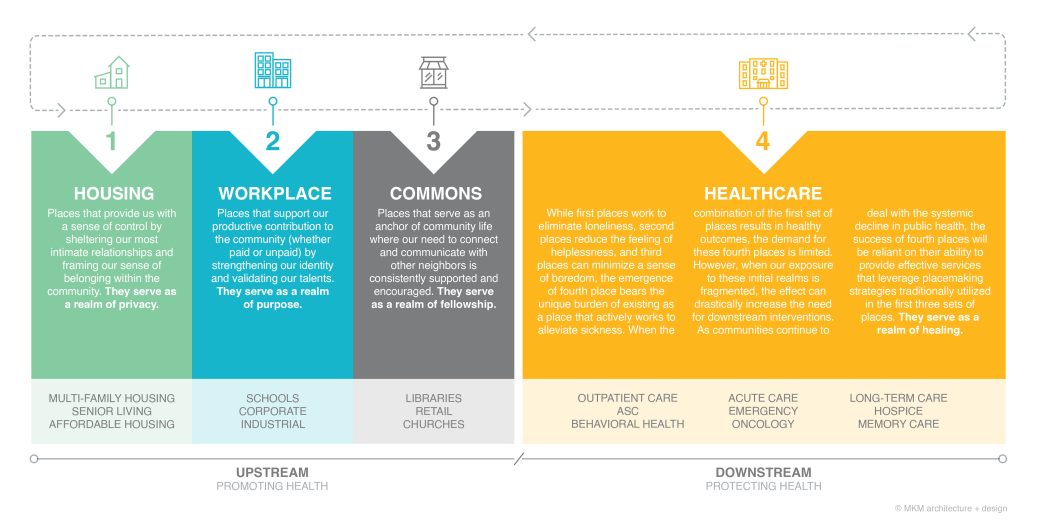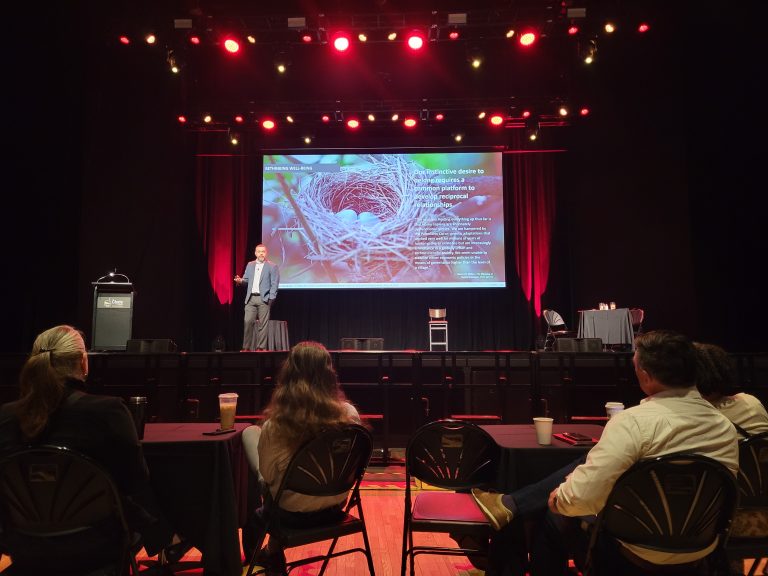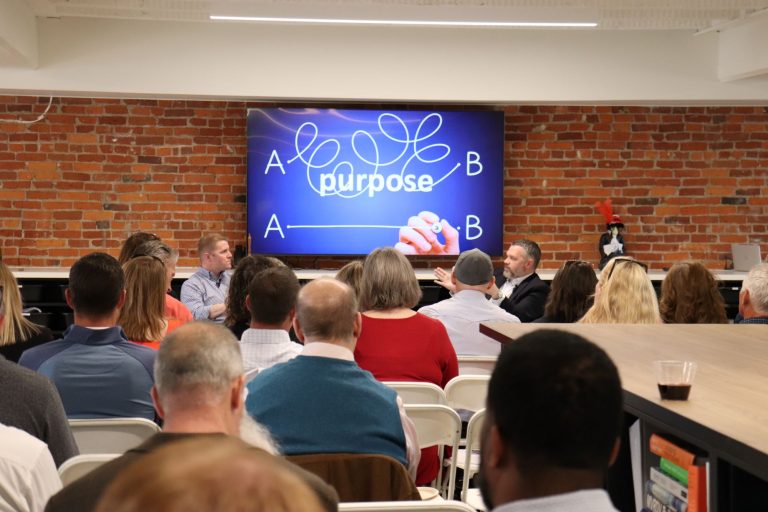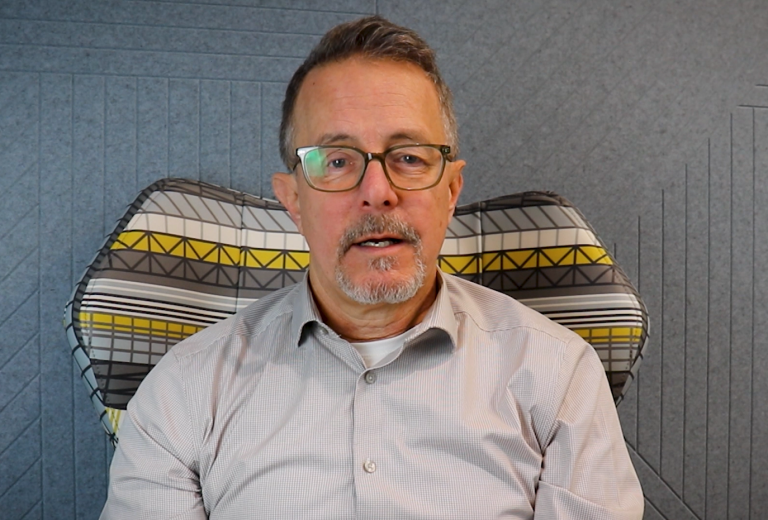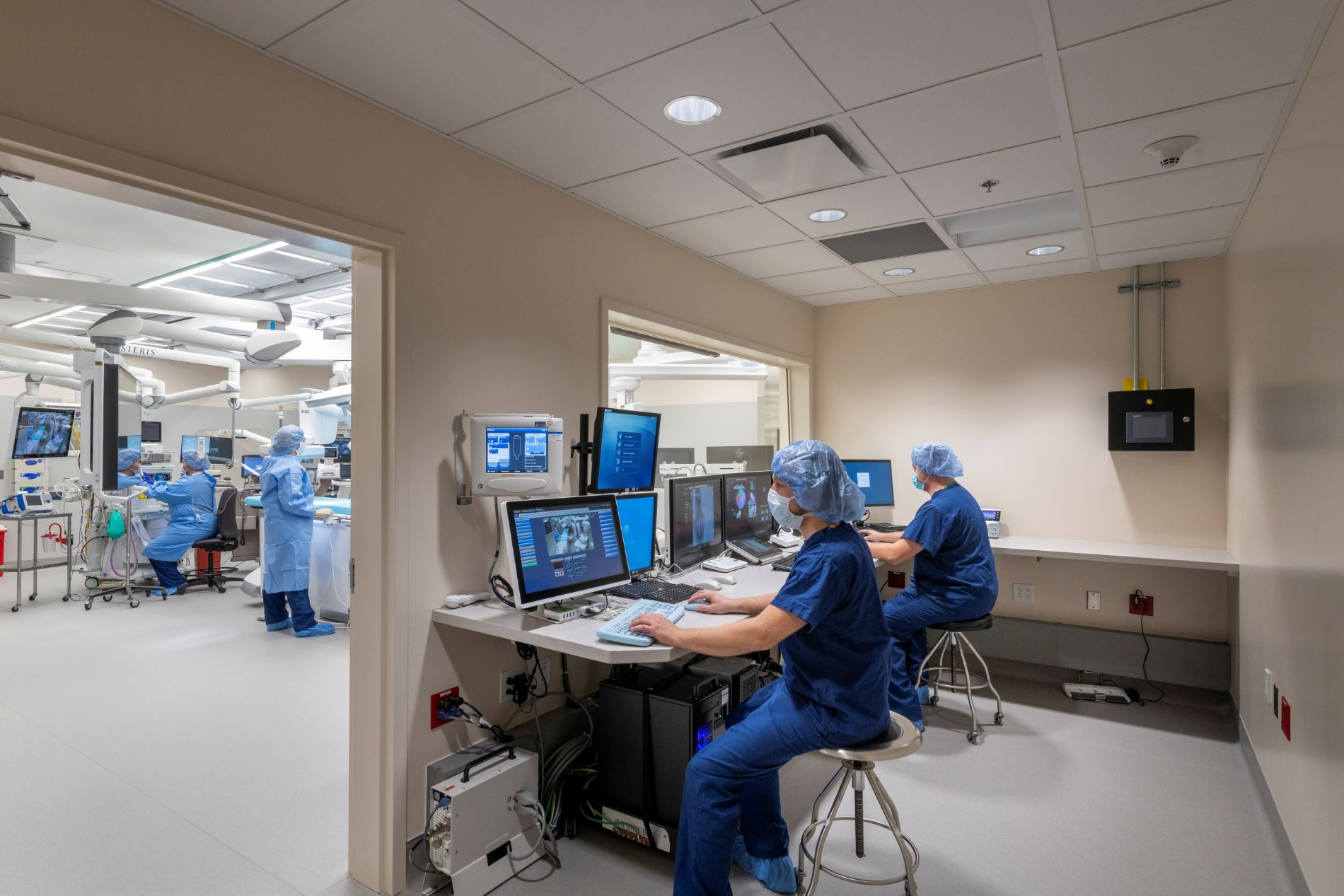
Purpose
We are inspired by how placemaking can affect people’s sense of belonging, independence, and dignity.
Where we live changes how we live. It always has. It’s a realization that has shaped the mission of MKM for more than four decades. As the poet Wendell Berry once noted, we “believe that the community – in the fullest sense: a place and all its creatures – is the smallest unit of health and that to speak of the health of an isolated individual is a contradiction in terms.”
Healthy placemaking is a simple concept. The basic structure of community development was realized through the relationship between three distinct places: (1) home, (2) work, and (3) social hubs. While the first two are easy to identify, the last category, commonly referred to as “third places,” serves as a conduit to social interaction and opportunity. They are the landscapes in which we interact with one another, framing our perceptions of community and the larger world. Traditionally, our quality of life was frequently defined by our ability to maneuver through these three types of places on a daily basis – a connection that determined the health outcomes for generations.
In addition to being physical locations, these places also carry with them a social responsibility. While our homes serve as a realm of privacy and our workplaces serve as a realm of purpose (paid or voluntary), the nature of third places serve as a realm of fellowship. Each unique place provides a different experience that shapes who we are and who we will become.
However, as development patterns became more reliant on the automobile, the density of many American communities diluted, reducing the ability of many (especially children and older adults) to engage with the built environment in any meaningful way.
Relying on three types of places was no longer enough. The physical and social fragmentation of many communities resulted in the rapid spread of chronic disease, illustrating a direct correlation between development patterns and community well-being (often referred to as the social determinants of health). The outcome fundamentally restructured the ingredients for effective community development and, in response to the growing needs of the community, introduced the need for a fourth type of place: healthcare.
While the healthcare industry wasn’t born out of the suburban experiment, its function as a formal place has evolved along with the growing needs of an increasingly unwell society. As upstream development models had a persistent impact on reducing community health, more demand was placed on downstream healthcare services (hospitals, clinics, retirement communities, etc.). The introduction of this new fourth place offered a formal realm of healing, one that looked to react to the deficiencies of the initial places and supplement their shortcomings to protect the quality of life within the community.
It’s a delicate balance. While strategies can be developed to enhance the quality of life offered by these traditional communal structures, the need for supportive fourth places will be critical for the future sustainability of modern communities – especially within rural settings.
That’s the purpose of MKM. Our team is obsessed with understanding the connection between people and places. Our studio is constantly working with clients to explore new and emerging strategies for these four types of places – each specifically focused on understanding their respective ability to increase the quality of life for an inclusive audience.
Every day, our team works to explore how effective placemaking can enhance community health and well-being. We will be working on it tomorrow too. It’s all we think about.
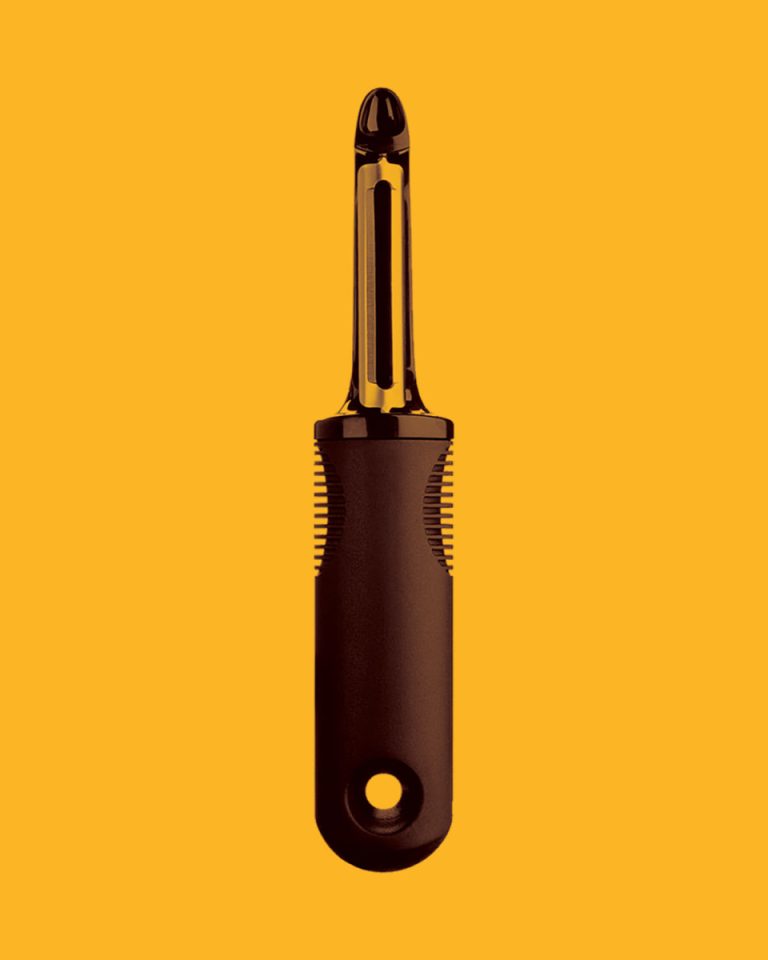
Good Design for Everyone
Think of the Oxo potato peeler. The design was meant to improve the tool for an arthritic hand. There is an inordinate amount of science embedded within the product’s design, all of which you likely don’t notice. You simply pick up the peeler, use it, and put it back into the drawer. It was inherently designed for the sensitivities of a frailer population yet done in a way that appeals to a much broader demographic. This is the measure of good design – specialized solutions that appeal to inclusive audiences. These are the issues we explore on every project. From hospitals to libraries, each project presents an opportunity to design a potato peeler – to provide spaces that can objectively support its users while empowering them to access all life has to offer with a sense of meaning and independence.

